
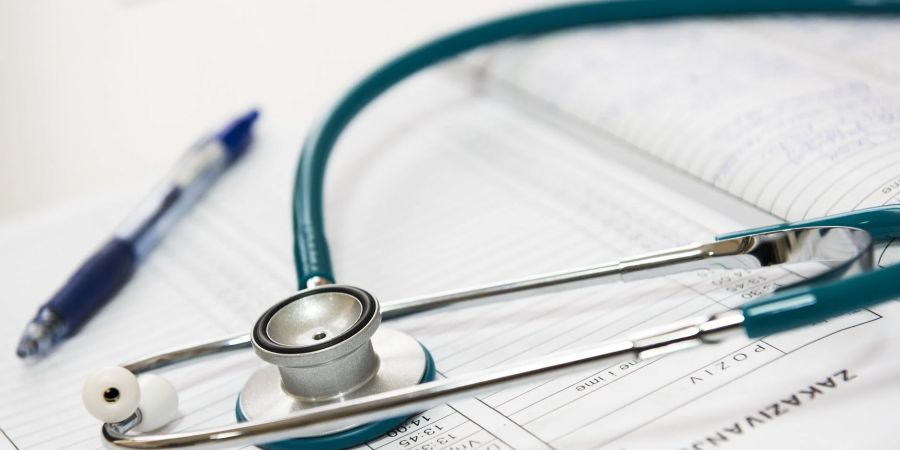
Your Vision:
New advancements in medical technology offer fresh approaches to medicines, diagnostics, and imaging across the board in the healthcare setting. The billion-dollar healthcare market is what propels the advancement of medical technology into the clinic. The basis for this translation is the creative techniques using cutting-edge tools and technologies. Exciting fields presented in this new journal, including Cardiovascular Medtech, Nano-Based Drug Delivery, Medtech Data Analytics, Pharmaceutical Innovations, Regulatory Affairs, and Regenerative Technologies, serve as important illustrations of how step changes in healthcare solutions are being addressed. We can identify significant issues in each of these industries as well as between sectors.
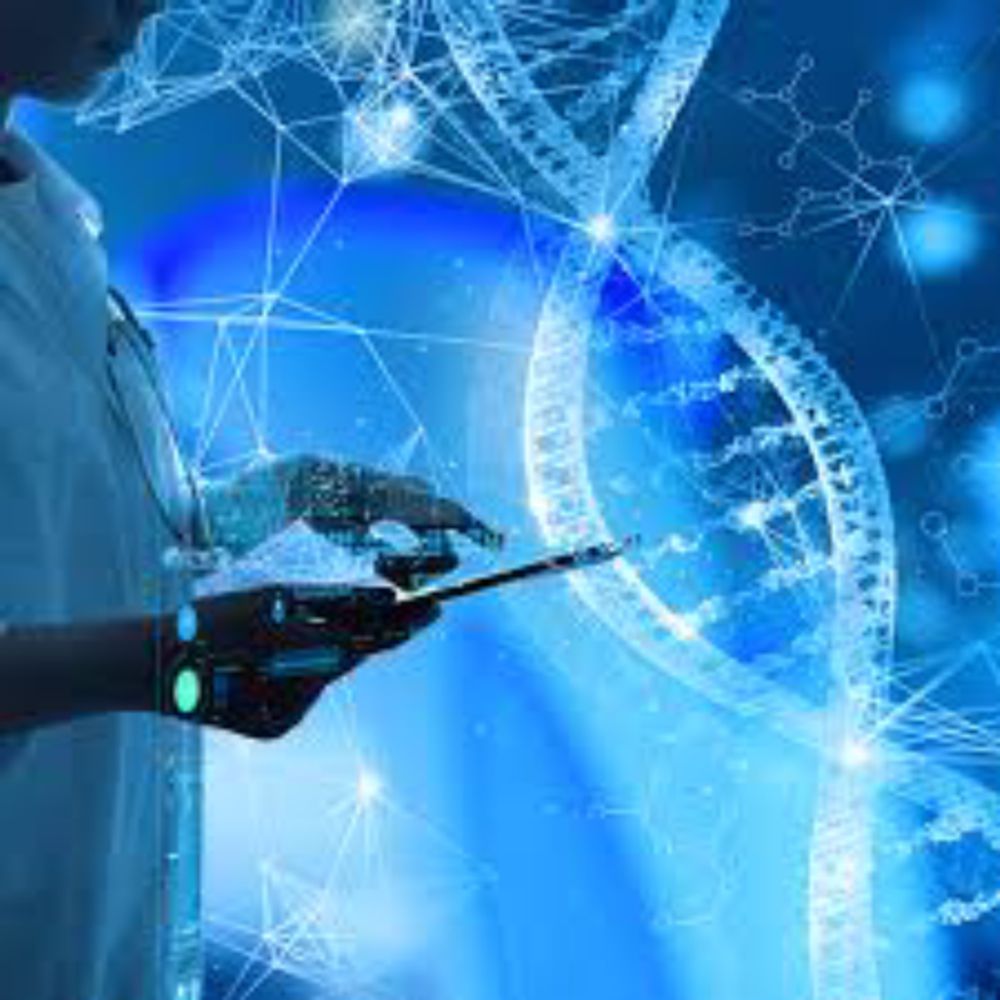
Maintaining a decent quality of life for our ageing populations is perhaps the most underlying global challenge that calls for a new "mind set." People are living longer and need innovative methods to deal with ageing on a global scale. Robotics and regenerative technology are illuminating a new era in how we maintain a healthy existence throughout the millennial lifespan. Potential reparative methods include tissue engineering and soft robotics. By treating the primary chronic and acute clinical issues, new revolutionary technologies can support the maintenance of healthy lives in our ageing populations. Although the potential for new pharmaceuticals and treatments has been shown by biological and molecular sciences, there are still large gaps in the supporting medical technology devices that need to be filled.
Future technologies will require a broad academic background with expertise from many different scientific and engineering communities. Additionally, many aspects of the area must be identified and specified to the standards and rigour of the scientific, regulatory, and clinical communities in order to introduce innovative techniques to the clinic.
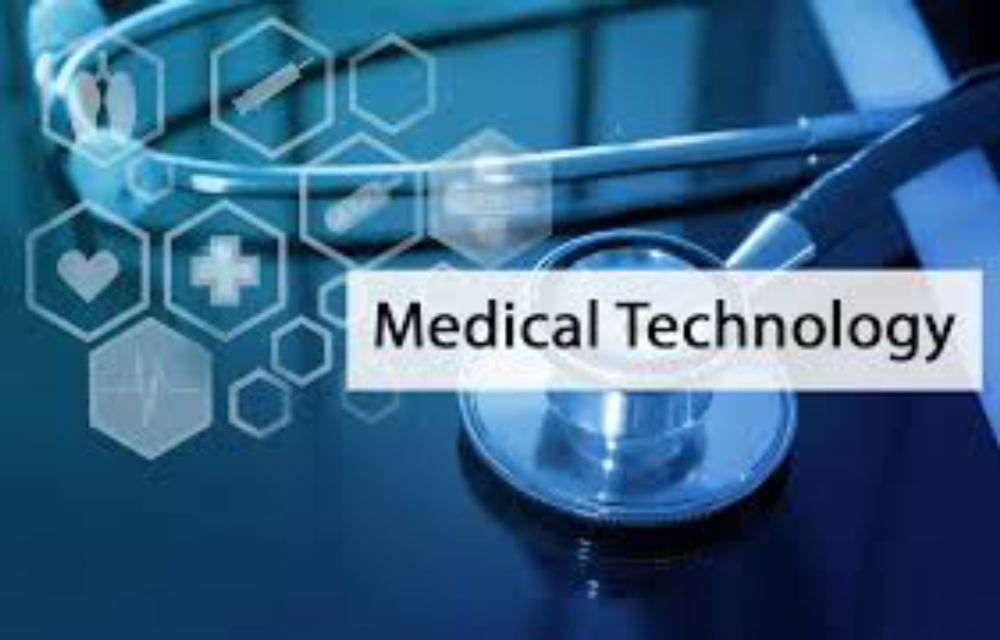 There significant challenges in delivery systems, metrology, quantitative and computational modelling, data throughput, multimodal approaches for the characterization of disease and treatments, physiological and biochemical monitoring of clinical treatments and tools, technology integration, and automation with the increase in innovative technologies and regenerative therapies aiming for the clinic.
There significant challenges in delivery systems, metrology, quantitative and computational modelling, data throughput, multimodal approaches for the characterization of disease and treatments, physiological and biochemical monitoring of clinical treatments and tools, technology integration, and automation with the increase in innovative technologies and regenerative therapies aiming for the clinic.
What Are Some of the Biggest Obstacles in the Medical Technology Sector?
Scale :
The size of medical remedies has decreased over the past ten years as "nanotechnologies" have opened up intriguing possibilities. Nanotechnologies examples include smaller and more precise medication delivery systems, nanomagnetic imaging solutions with nanoparticles, and cancer treatments like hyperthermia. Utilising methods like laser direct printing and other 3D printing modalities, it is possible to quickly modify materials at tiny length scales, opening up possibilities for special capabilities in the manufacturing of medical equipment. A wide range of sophisticated medical devices, including drug delivery systems, stents, patient-specific prostheses, biosensors, and regenerative technologies, can be processed using methods like laser and 3D printing.
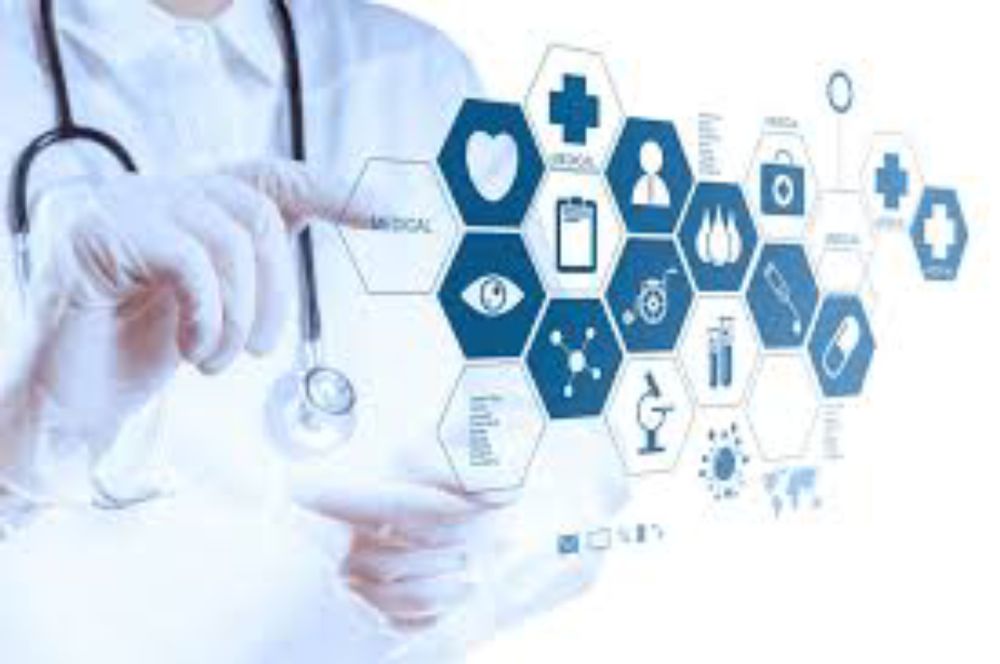
Complexity of Biomedicine It takes novel ways in targeting and specificity of medications and other medical devices to address the concerns of multimorbidity in patients as well as the complexity of tissues and organs. The creation of medical devices with Design for Additive Manufacturing (DfAM) attempts to take use of the complexity of human systems. Our ability to produce biomaterials with intricate geometrical patterns at the micro-scale is improved by DFAM . The body's regions and organs can now receive targeted treatments through localised delivery thanks to new nano-drug release mechanisms.
Customised and Individualised Medicine
A new era of personalised medicine is emerging as a result of patient population stratification. New techniques and diagnostic skills are necessary for how we stratify patients . Autologous and synthetic treatments are necessary for how we customise treatments to increase efficacy. It requires advancements in computational and in silico techniques to repurpose already-approved medications and create novel multi-model medicinal designs.The pharmaceutical industry is being forced to reconsider how next-generation medications are created and administered so that more individualised techniques can be used with populations.
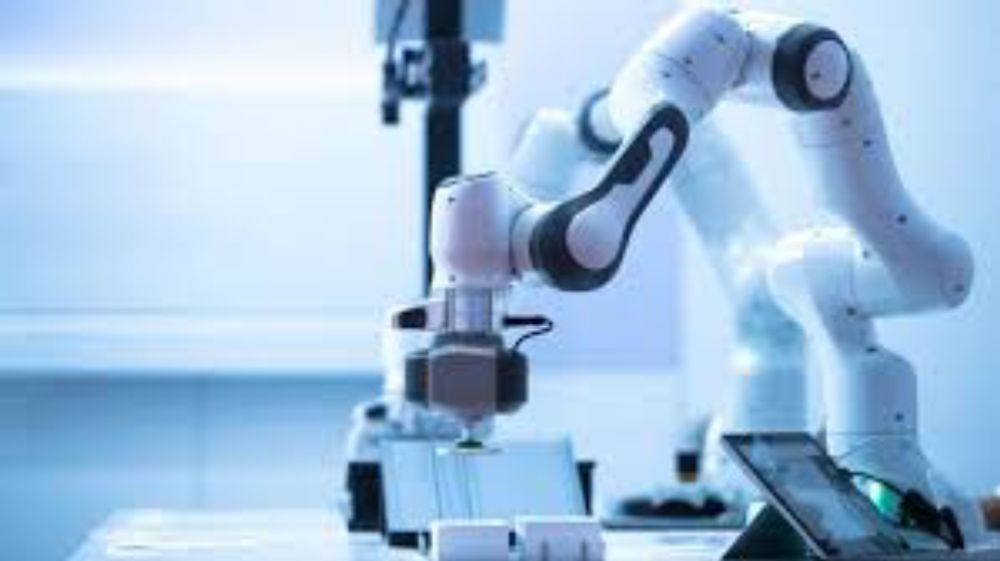
Early detection
It has been suggested that the key to combating chronic illnesses is early screening for disease prevention rather than treating deterioration at its most advanced stages .Early detection is necessary for new developments in the treatment of chronic diseases, frequently before the onset of severe symptoms. Osteoarthritis is a condition that exemplifies this difficulty because it is frequently treated after the joint has fully deteriorated and needs to be replaced. These big procedures would not be required if early therapies could stop the deterioration of the joint. New imaging and diagnostic methods are being created to enhance early screening initiatives.
Robotic and precise surgery
With the use of clinically verified protocols, surgical operations for the cardiovascular, ophthalmological, and other key organs are developing and getting better. The supporting technological advancements in this field include robotics, virtual operations, and precision surgical instruments. Transluminal endoscopic, single-site, and minimally invasive procedures are now possible because to new technologies.
Equipment for assistance and rehabilitation
Our physically disabled populations are becoming more mobile thanks to advancements in assistive technology. Our capacity to mobilise and assist this community is being revolutionised by advancements in materials, electronics, and designs. A promising field for new types of rehabilitation regenerative therapies is the involvement of tissue mechanics and mechanotransduction in rehabilitation.
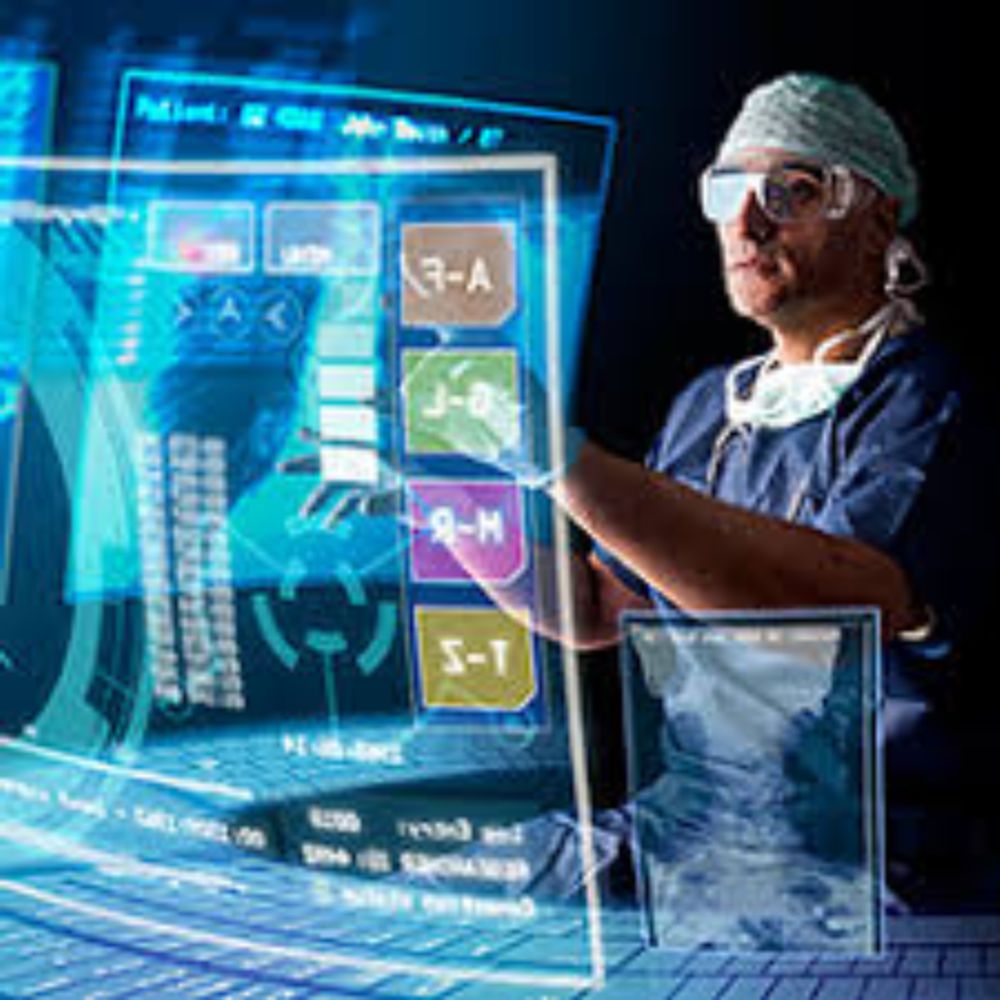
Stem Cells for Healing and Regeneration
To be effective, stem cell treatments and regenerative medicine need a lot of help from enabling technologies. Delivering regenerative medicine treatments requires the development on a large scale of standardised clinical grade biotherapies, as well as their use. The delivery is supported by efficient sourcing, production, and supply chain capabilities . These supporting technologies, such as cell-growing bioreactors and biomaterial systems, are categorised under a brand-new category called regenerative medical technology. Additionally, to support regulatory clearances, innovative diagnostics that track cell performance and efficacy are needed.
Standards and the Regulatory Environment
The assessment of therapeutic advancements utilising health technology assessments designed for novel domains like gene or cell therapies presents new obstacles. In modern hospitals, the advancement of medical technology has not kept up with improvements in patient security. Safety criteria and assessments are crucial in reducing the risk of failure. Evidence reveals that medical technology pioneers may take much longer than follow-on innovations, which may be due to innovative assessments or, in some situations, a lack of regulatory rules.
Huge Data
Finally, hospitals are compiling enormous databases of patient information that, when accessible, can yield a wealth of knowledge regarding the treatment and prevention of diseases. Data handling and analysis has gained a lot of attention internationally. The use of mobile app systems for various diagnostic and monitoring platforms in mobile medical technology is growing, which may necessitate novel approaches to data analytics.
Conclusions
To overcome these obstacles, the medical technology community must unite and celebrate its cutting-edge, high-quality methods while incorporating them into many organ-related fields. These diverse communities will be able to join together and publish their studies in an open access format for distribution through this new magazine, Frontiers in Medical Technology. We strive to create an online venue for high quality peer-reviewed papers that lead new developments in a worldwide field and show their significance in a clinical environment. We do this by interacting with clinicians, clinical scientists, academics, engineers, and business sectors.




